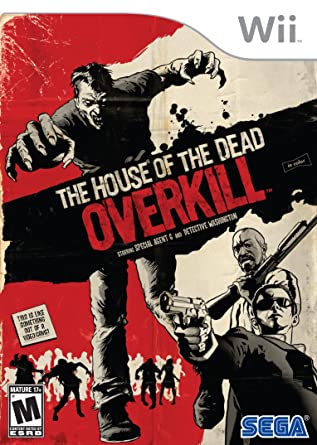One of the main aspects that separates horror games from books and movies is autonomy. In other forms of media, the viewer is relegated to the backseat, forced to watch from afar as a character decides to wander into the dark basement alone. On the other hand, a level of autonomy is implemented in games, allowing the player to choose, to an extent, how they experience their journey. However, a fine line exists between these two methods of consumption. The difficulty of the horror genre in video games lies within finding a happy medium between strictly observing and keeping the player immersed in the game world while still maintaining autonomy. Unfortunately for me, this line was crossed within my first 15 minutes of playing Soma.
Immediately after being teleported to the laboratory and stepping out of the chair, I began to fall through the floor into an endless abyss. Throughout the infinite fall, I received hint after hint on where to go, but I had no ability to move anything other than my field of view. The absurdity of this situation didn’t strike me until I reset and began playing through the game normally. All of the sudden, it became very difficult to immerse myself in the world that was presented to me. I became acutely aware of the enemy AI, and rather than being scared at the possibility of being caught, I tried my best to learn their movement patterns and exploit them. I attempted clipping through walls and seeing if I could recreate the glitch (unfortunately, to no avail). The damage had been done. My immersion into the environment had disappeared, and with it had all aspects of horror.

While the experience I had while playing Soma was one of too much autonomy, there are also horror games that feel more like watching a movie rather than choosing a path. An example that comes to mind is House of the Dead: Overkill for the Wii. While this may be the strictest example of a survival horror game with very little autonomy, as it functions as an on-rails shooter, it highlights the importance of choice. The game attempts to scare the player with jumpscares and unsettling settings, but due to the lack of control the player has, all scares feel cheap and manufactured. In this case, no autonomy whatsoever leaves the player with a hollow and frustrating experience rather than a scary one.

While the majority of this post has been about particular aspects of horror games that take me out of the experience, I would like to take a moment to address a game that I think does a fantastic job of keeping the player immersed throughout: Outlast. From the get-go, the player is placed right in the thick of a forest at night, driving as a massive asylum looms overhead. Similar to Soma, the game doesn’t allow the player to fight back in any meaningful way, lending to a lack of autonomy. However, the enemy AI in Outlast is oftentimes unpredictable. The enemies don’t walk in standardized patterns, but rather move sporadically, making it difficult for the player to predict where they should hide next. This makes it easier for the player to remain completely immersed in the horror experience. During my playthrough, I never felt like I was playing a game. As such, the horror I felt while playing was constant throughout all areas.

Another aspect that helped with immersion was the personalization of each enemy; they all had names, case files, backstories, and personal reasons for wanting to murder the player. This enhances the hiding mechanic. Rather than simply waiting for the enemy to move, each failed capture attempt yields a different voice line, revealing something more about their personality. For example, while searching for the player, Eddy Gluskin, one of the residents of the asylum, sings about wanting to find a girl “just like his dad,” hinting at the abuse he endured as a result of his father’s unrealistic expectations of him. Small details like this help implement the mechanics as part of the narrative, further cementing the player’s immersion into the environment.
Finding the perfect balance of player autonomy and predetermined narrative is an incredibly difficult task, especially in horror games. Any break in immersion can lead to a massive loss of perceived realism, severely undermining the horror aspect of the game. During my experience playing Soma, this immersion was lost as I fell through the floor. However, while finding the perfect balance is difficult, it is not entirely impossible achieve. Outlast was a game that perfectly captured these elements of horror for me, culminating in an absolutely terrifying experience. By giving the player just the right amount of choice, horror games have the potential to significantly out-scare their book and movie counterparts. The horror of decision making truly is a weapon to be wielded carefully.

